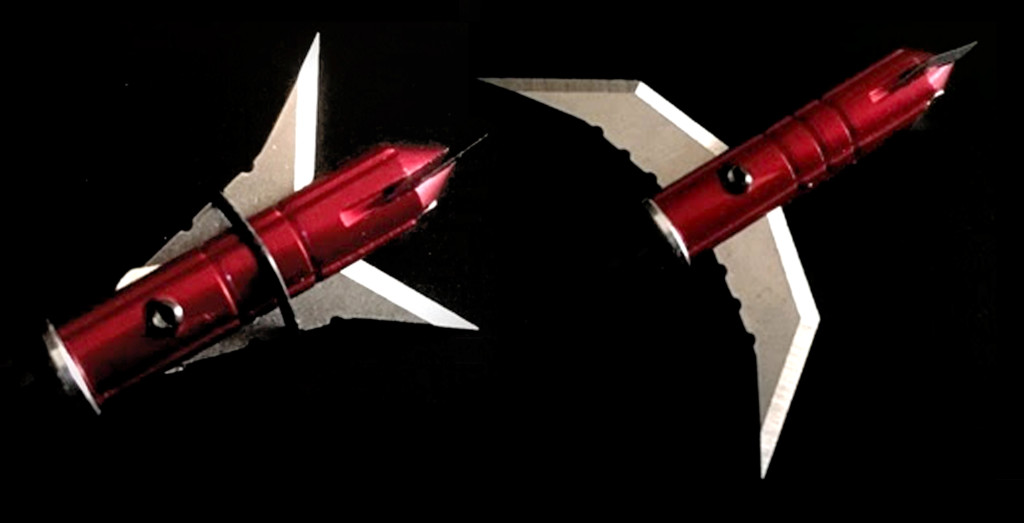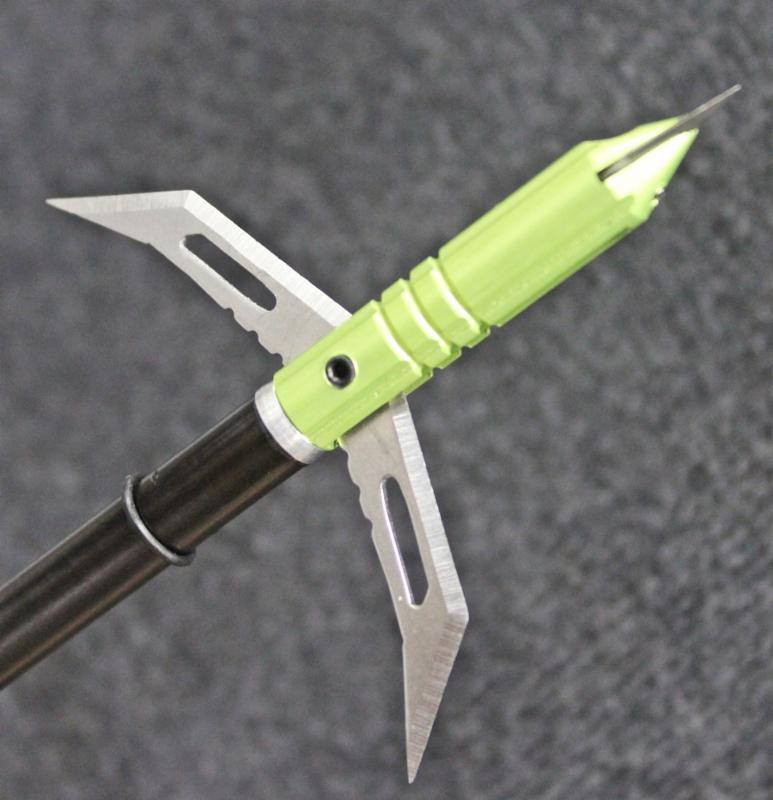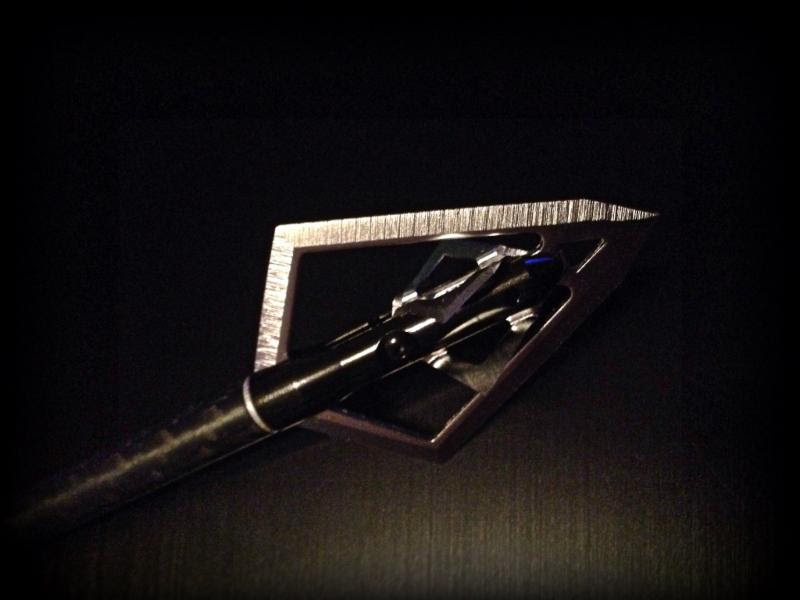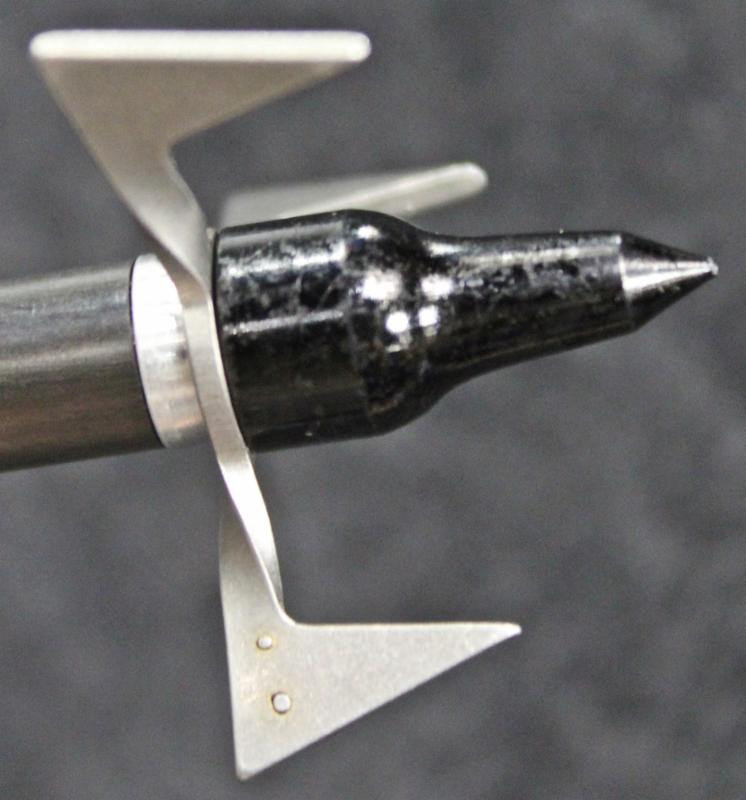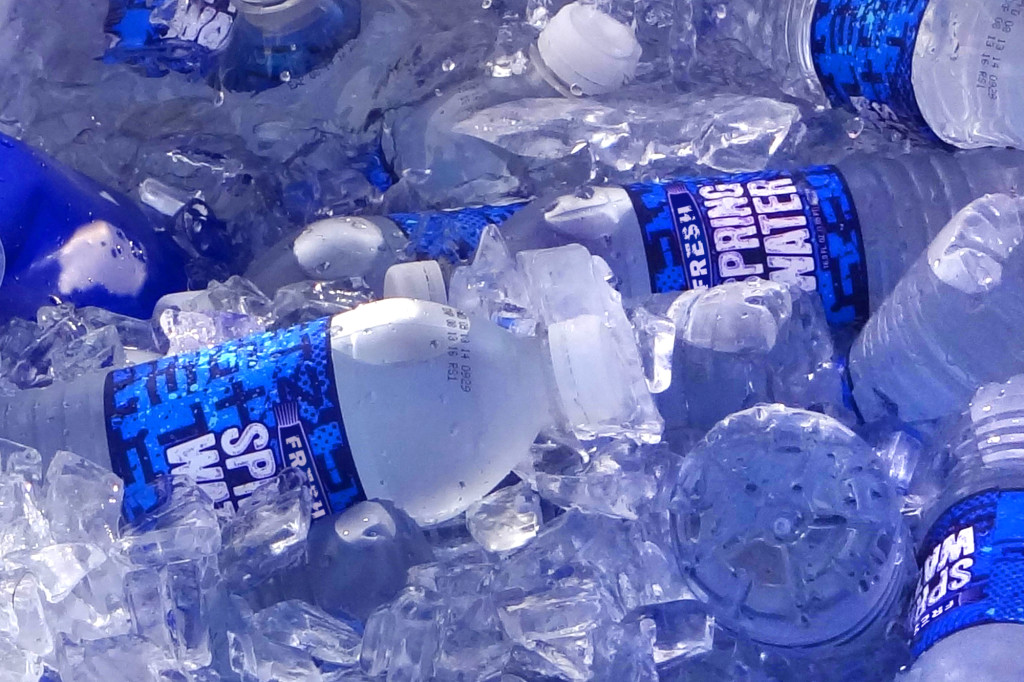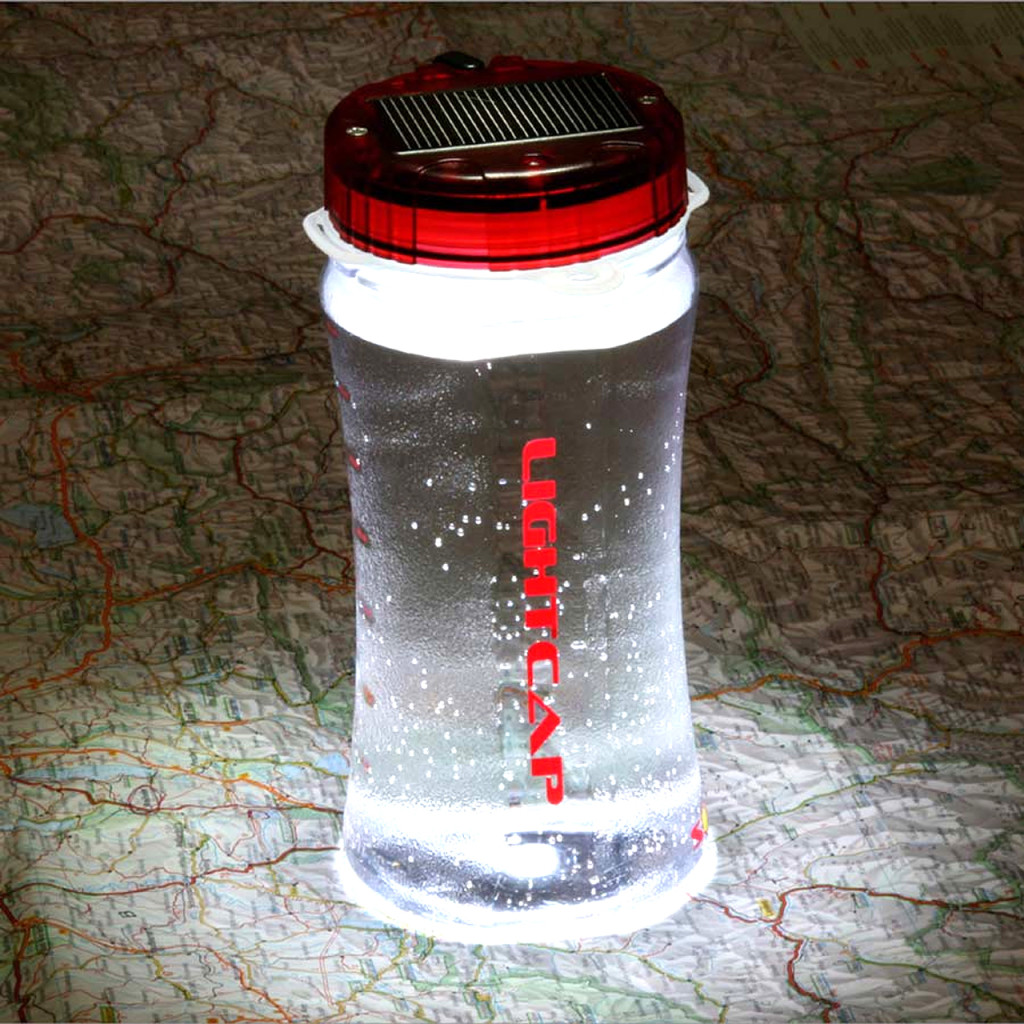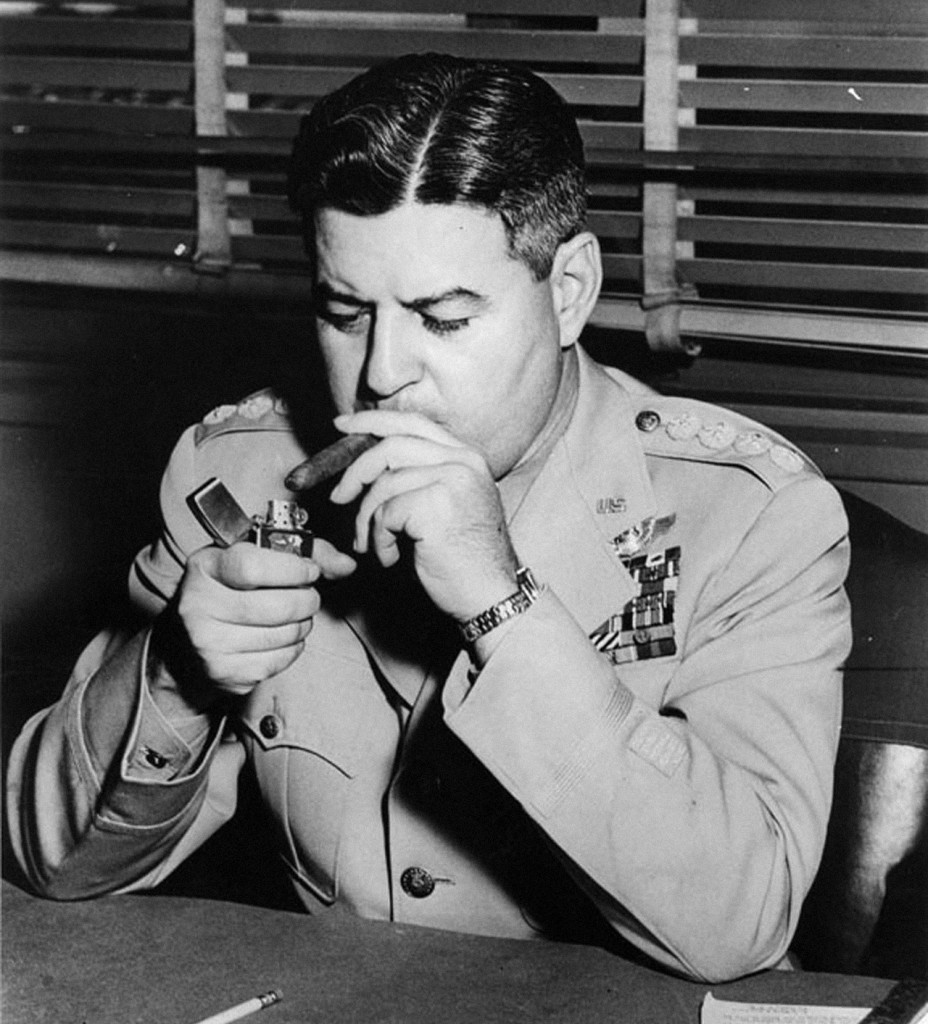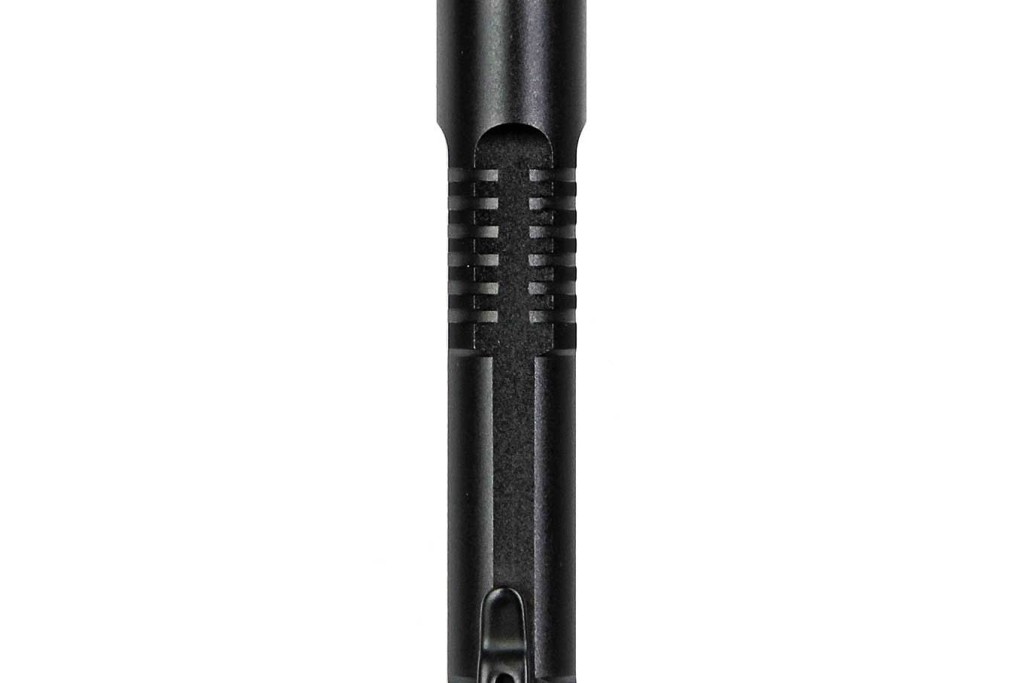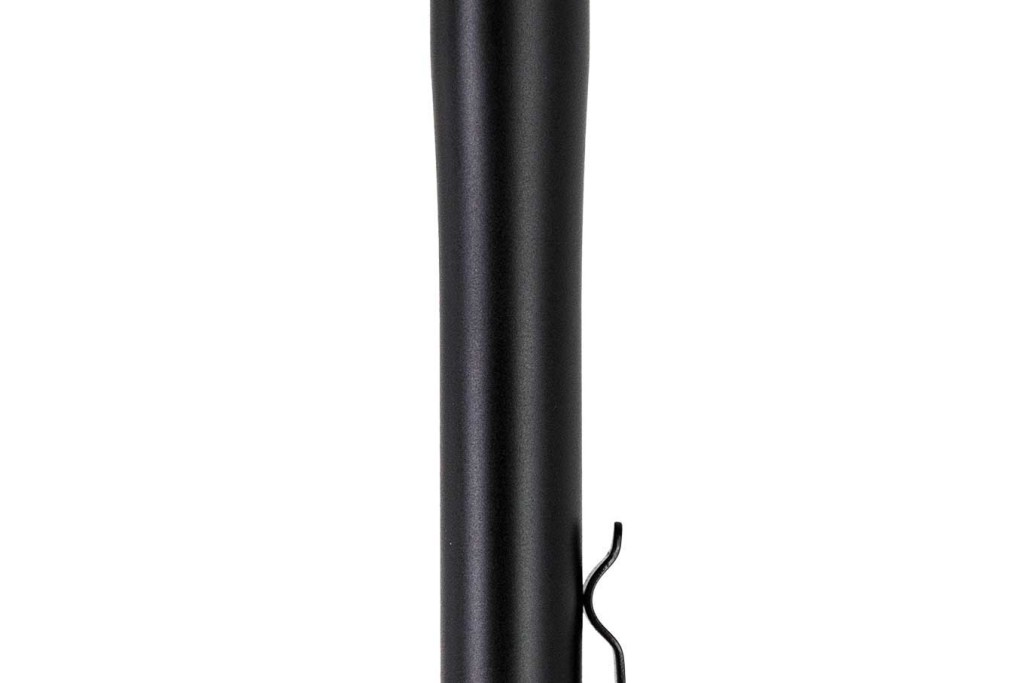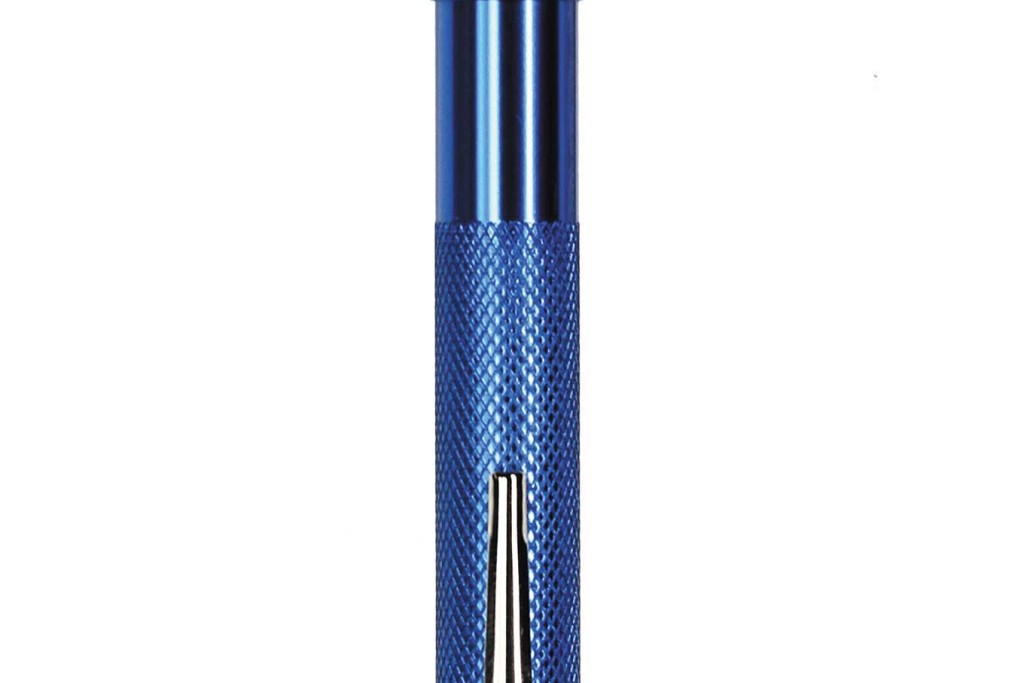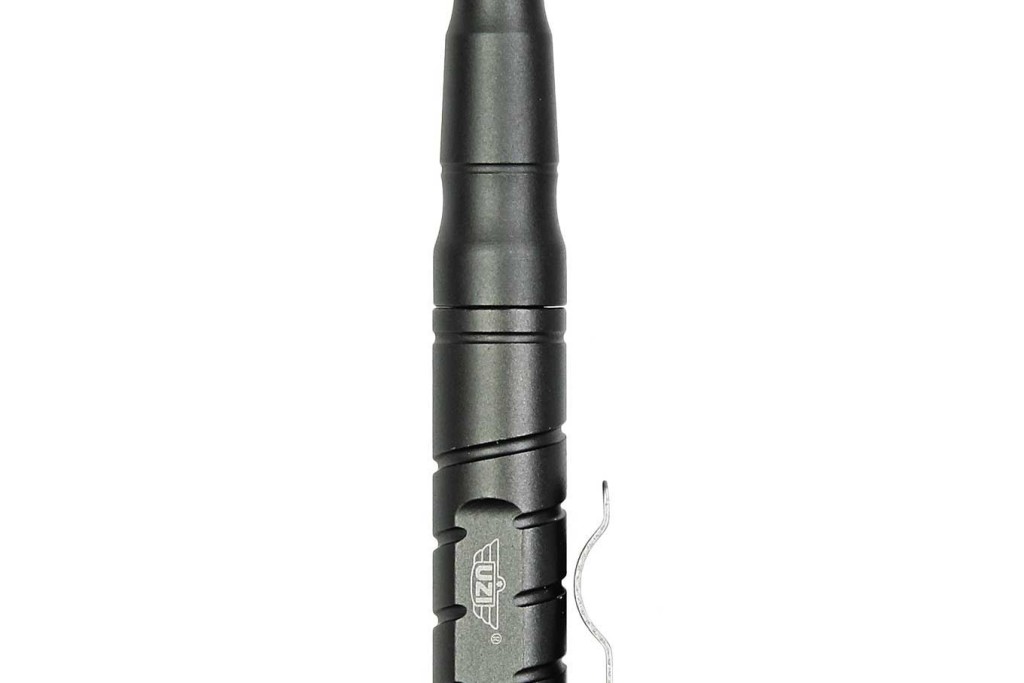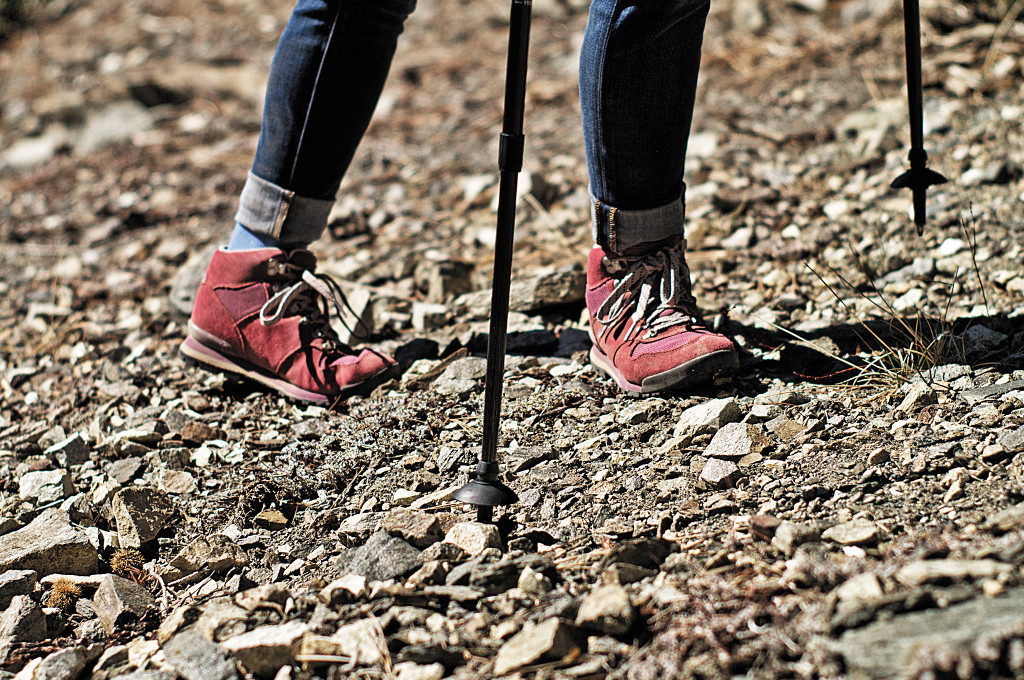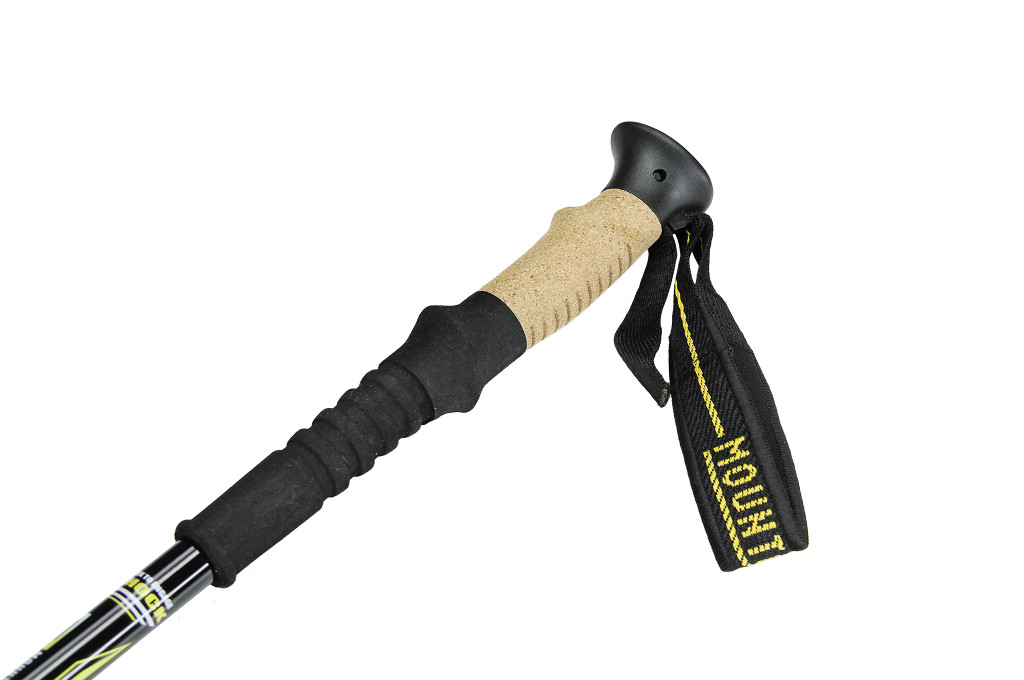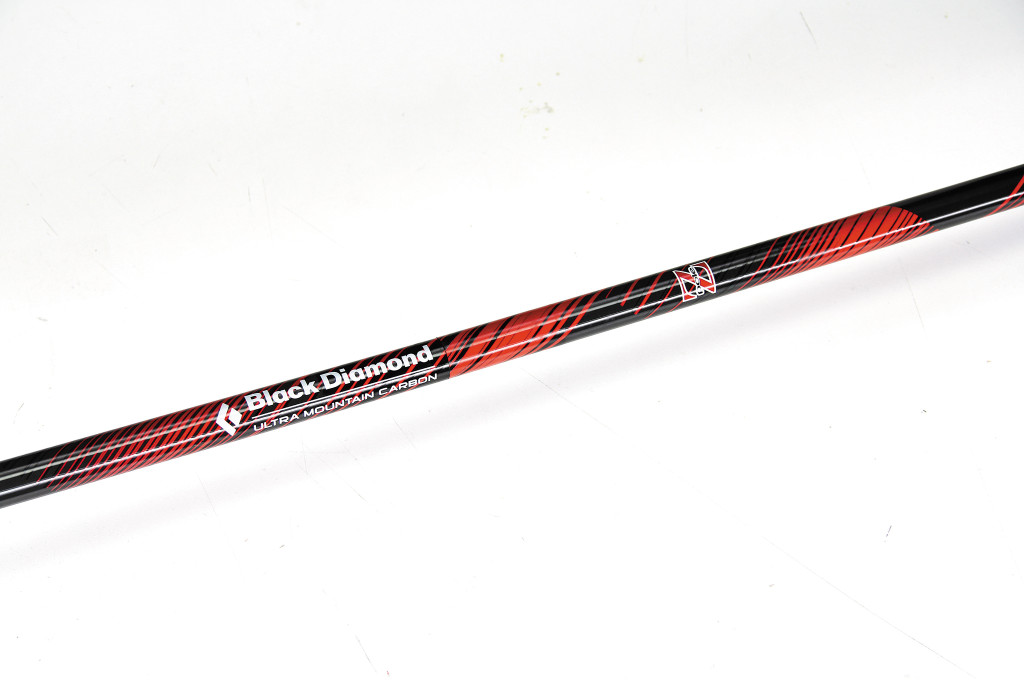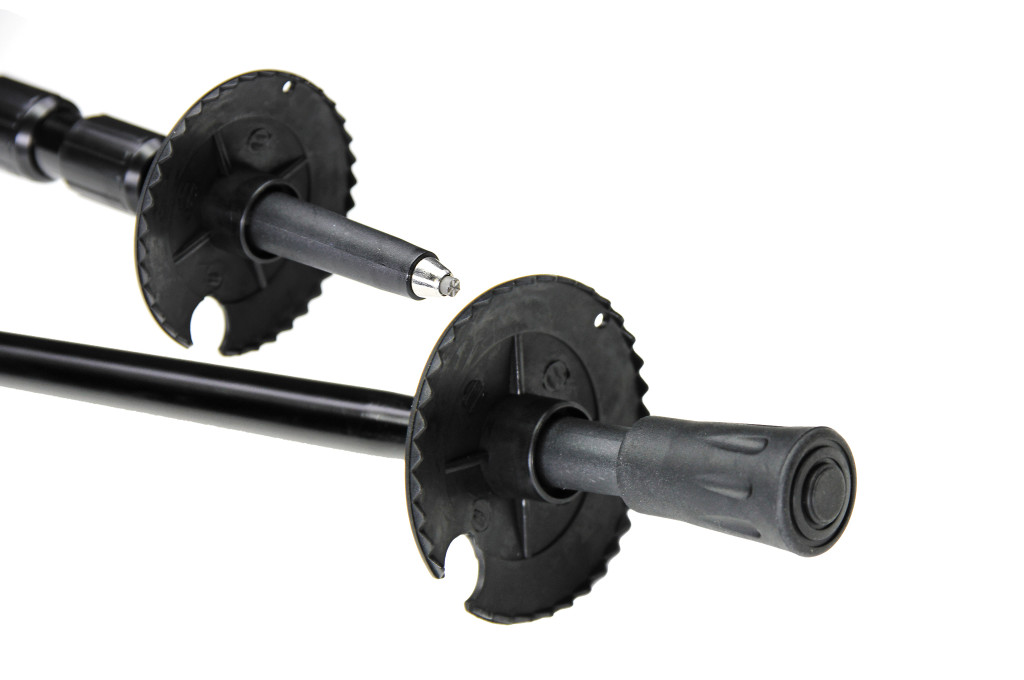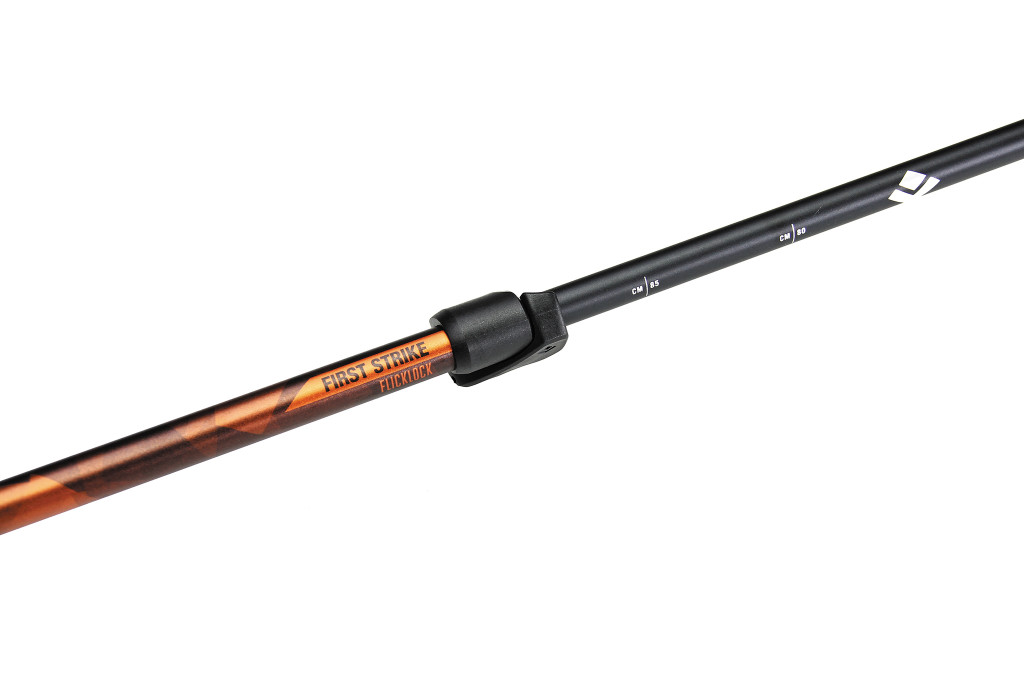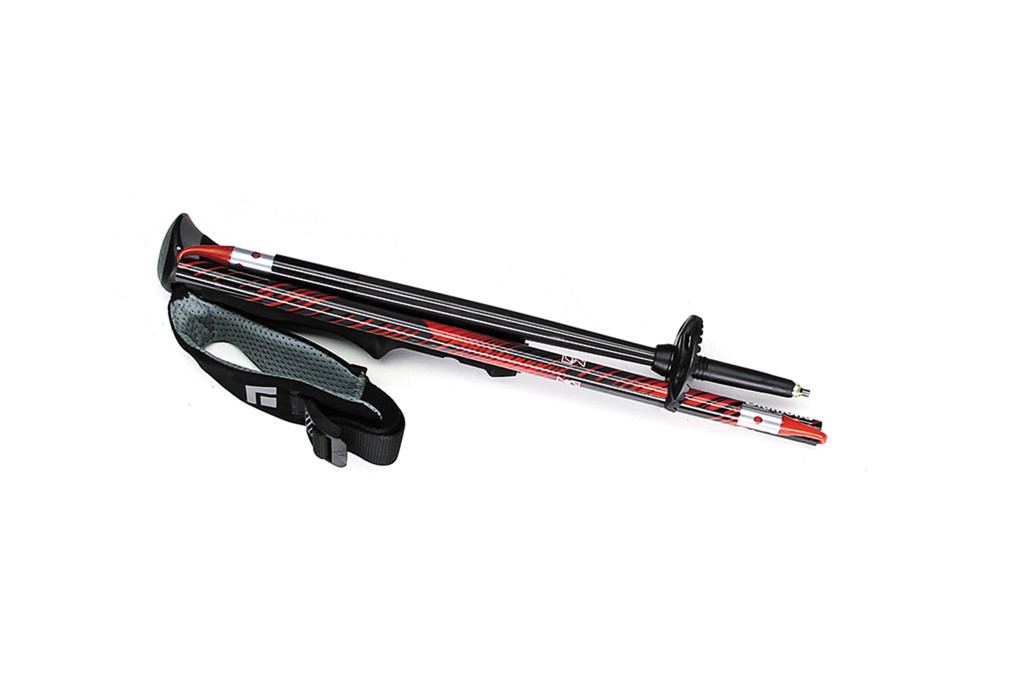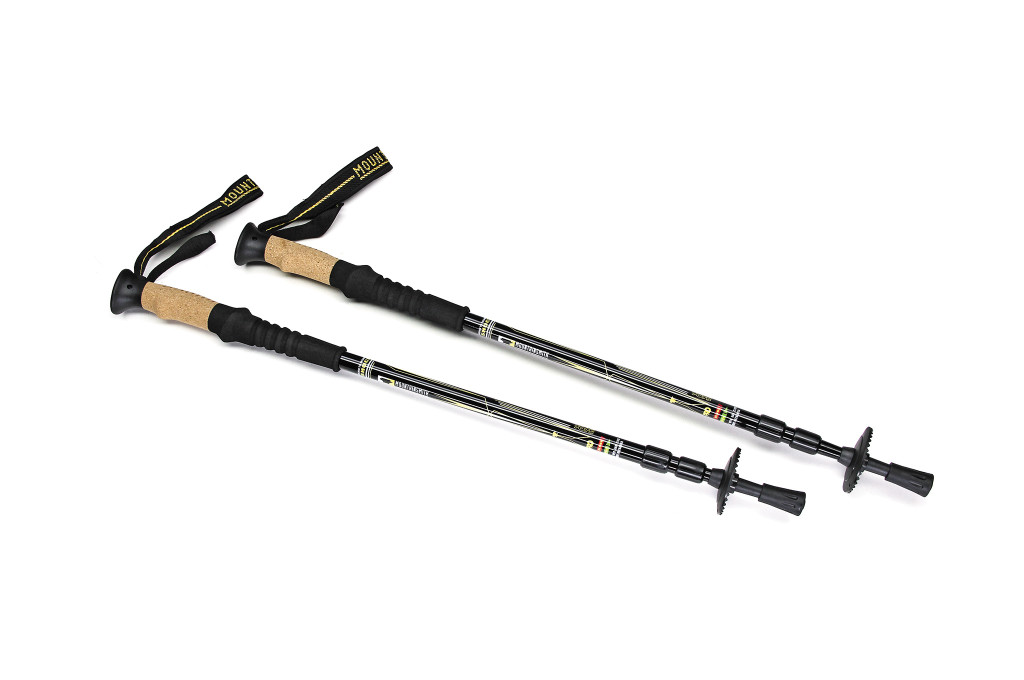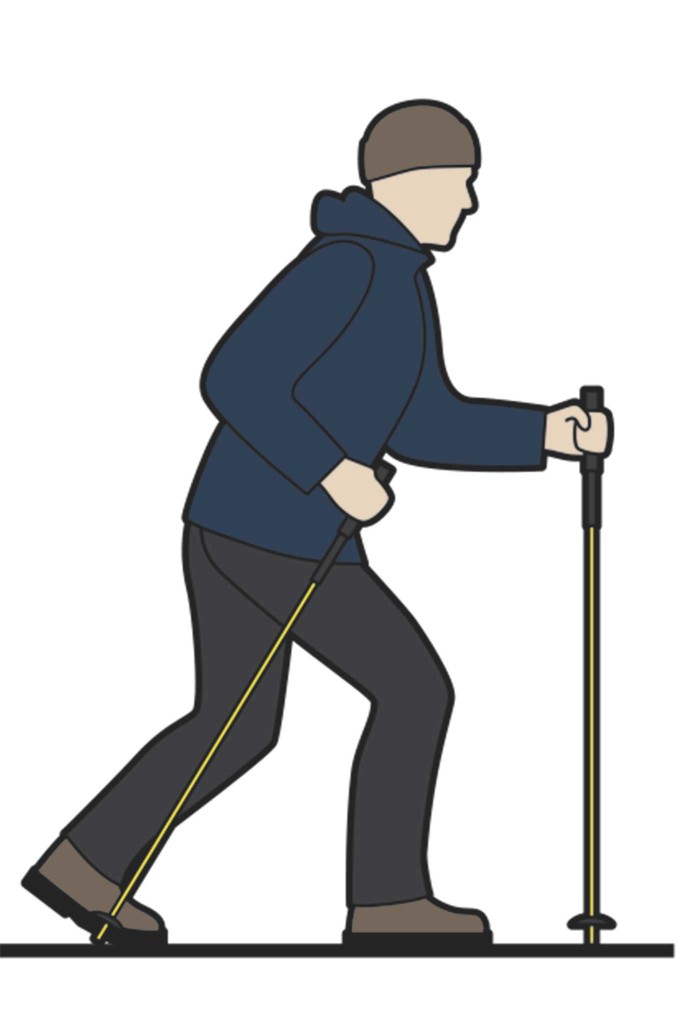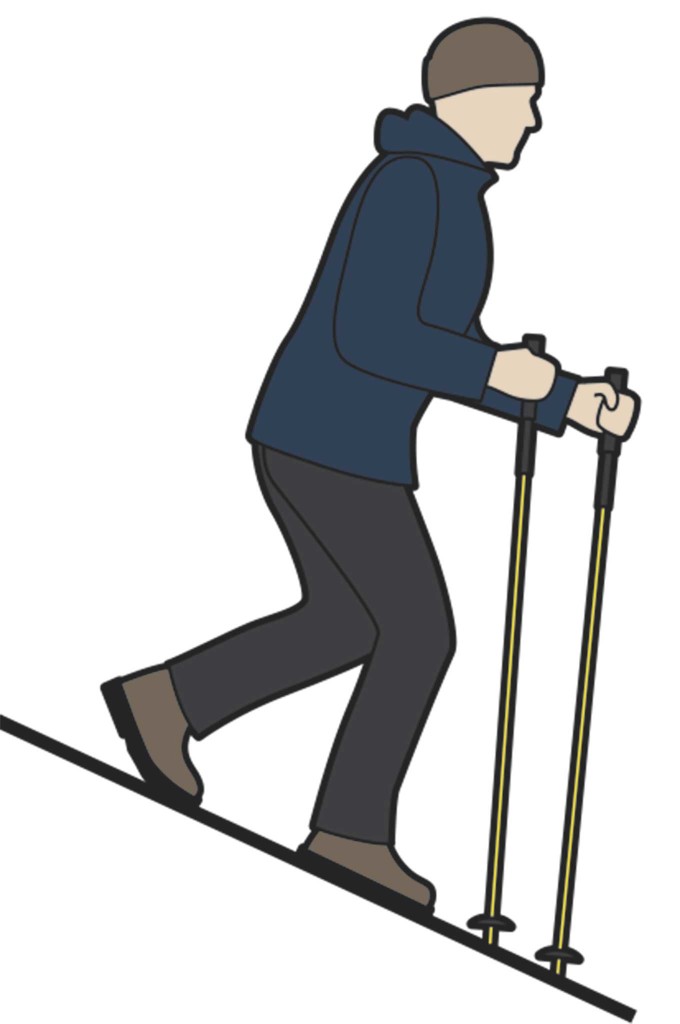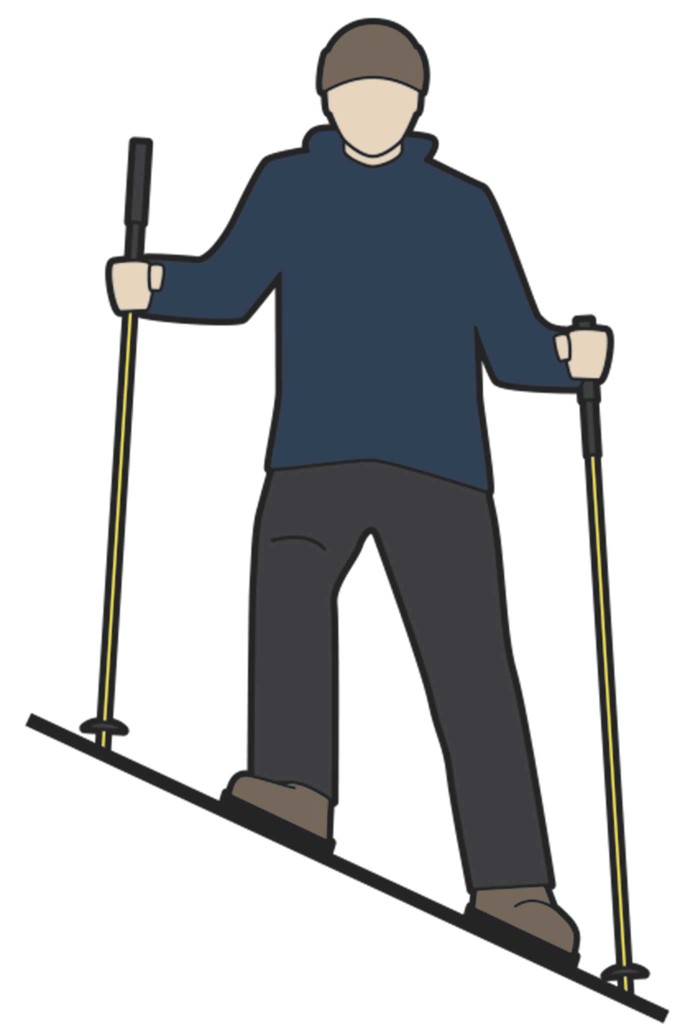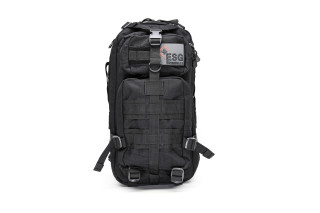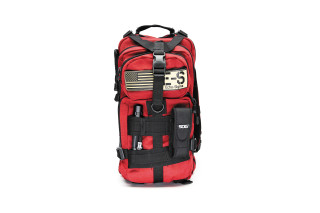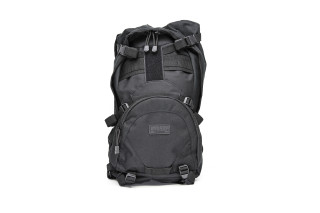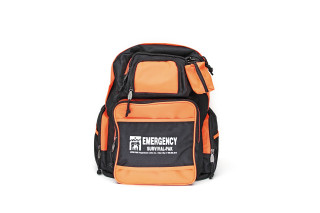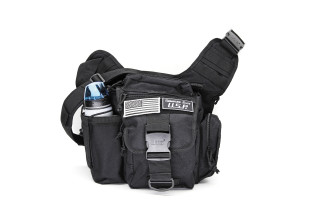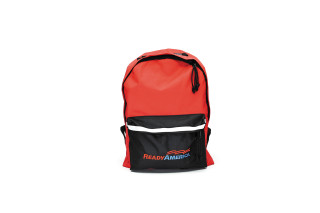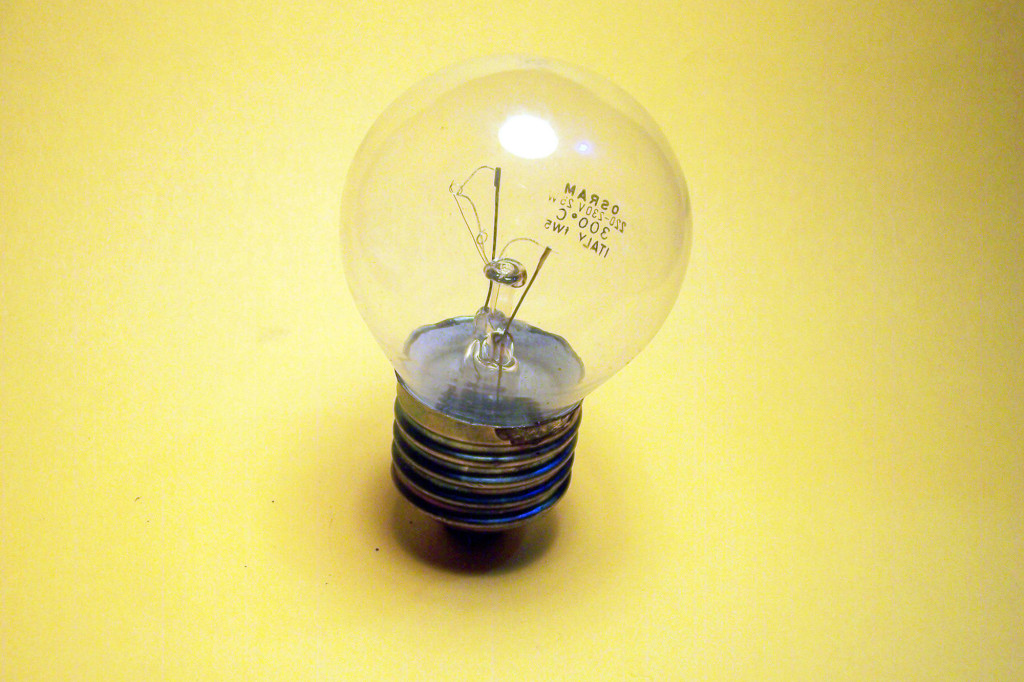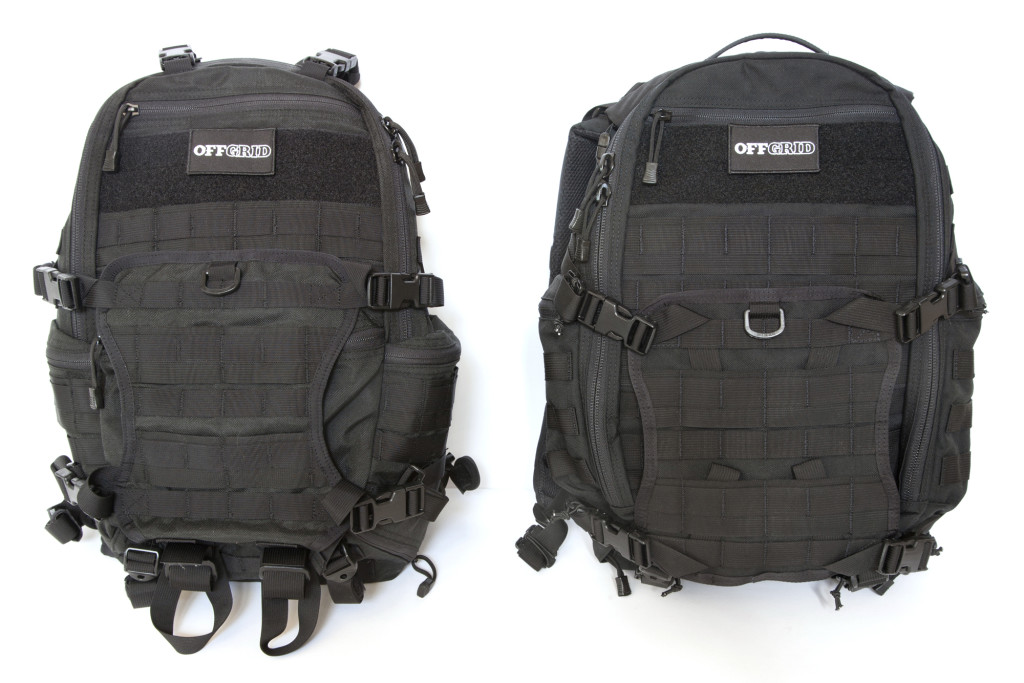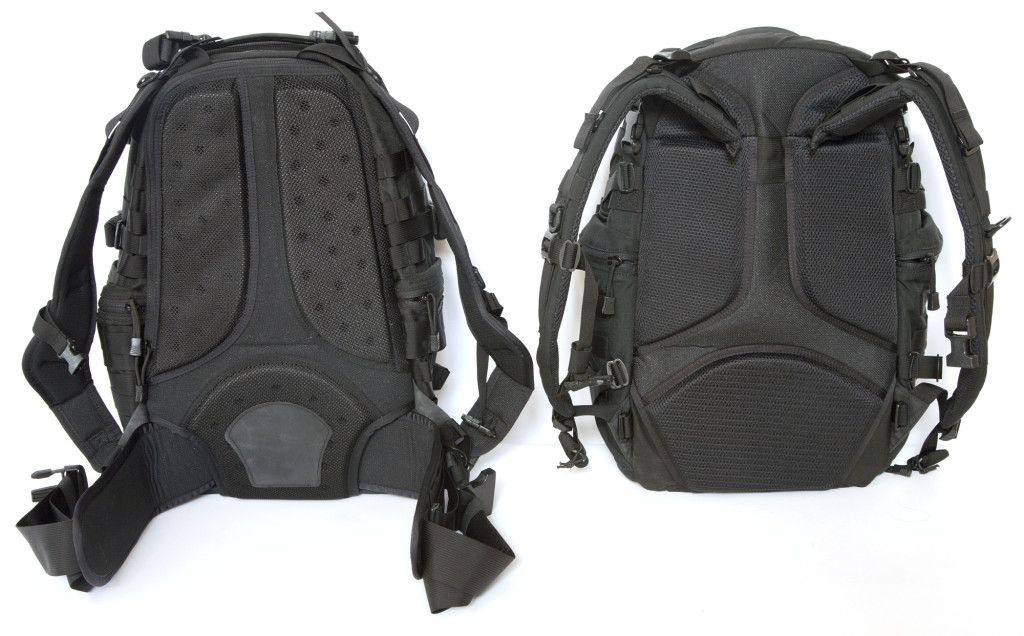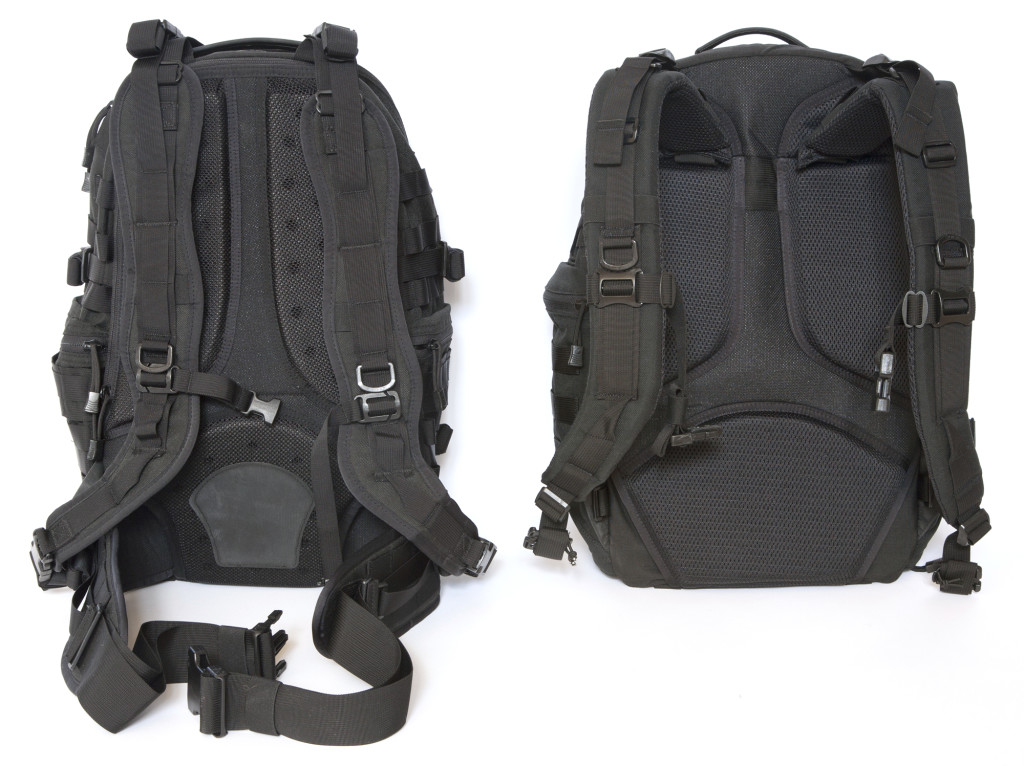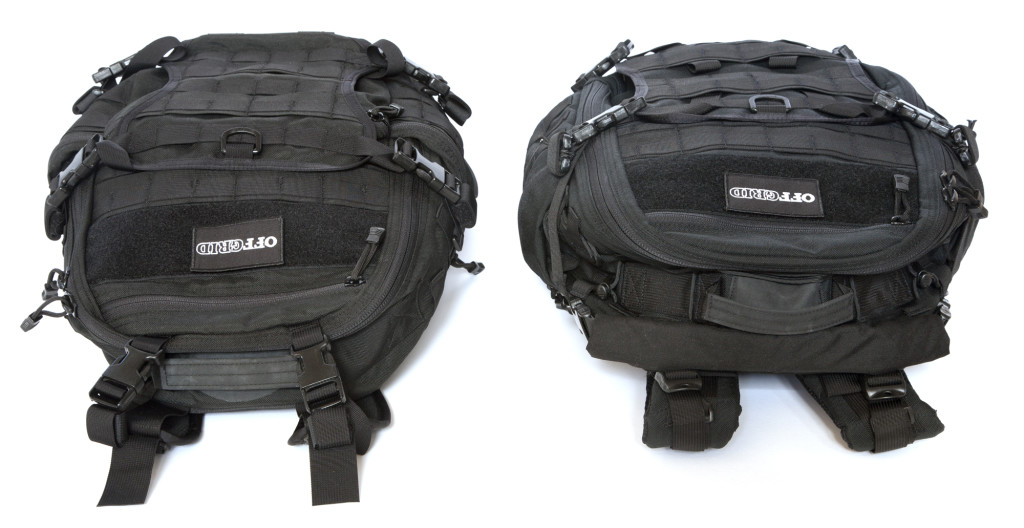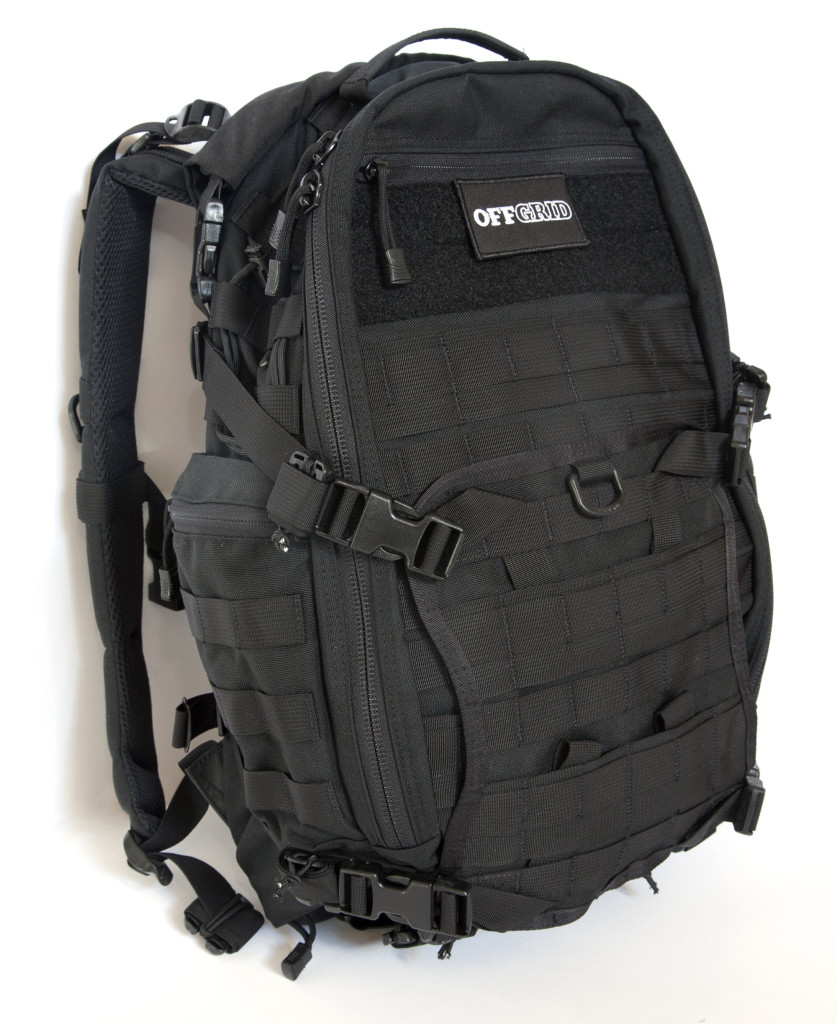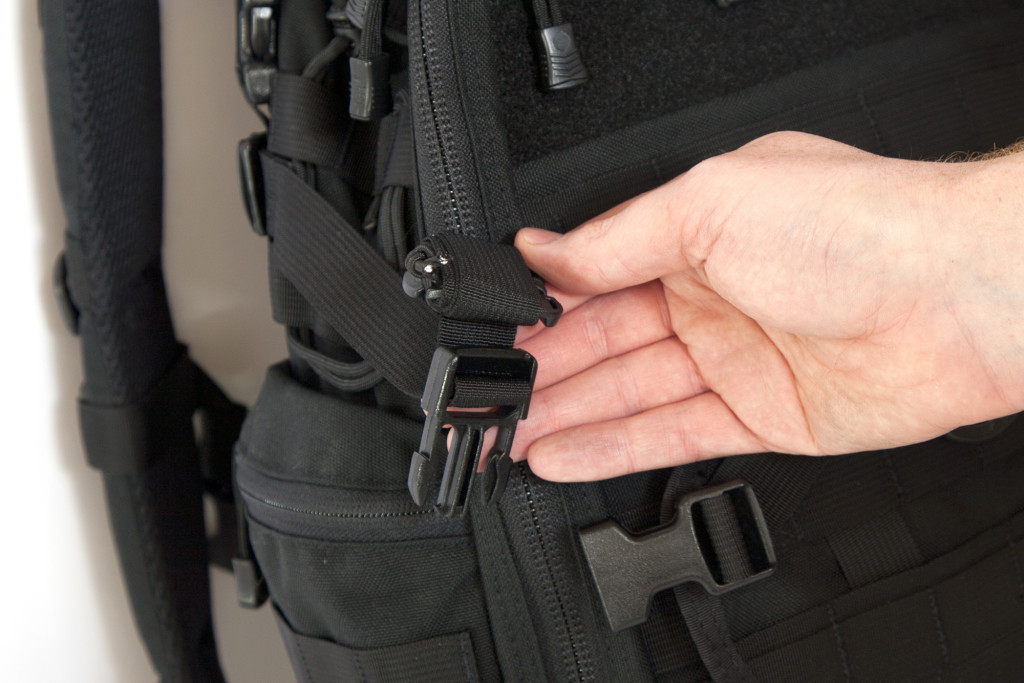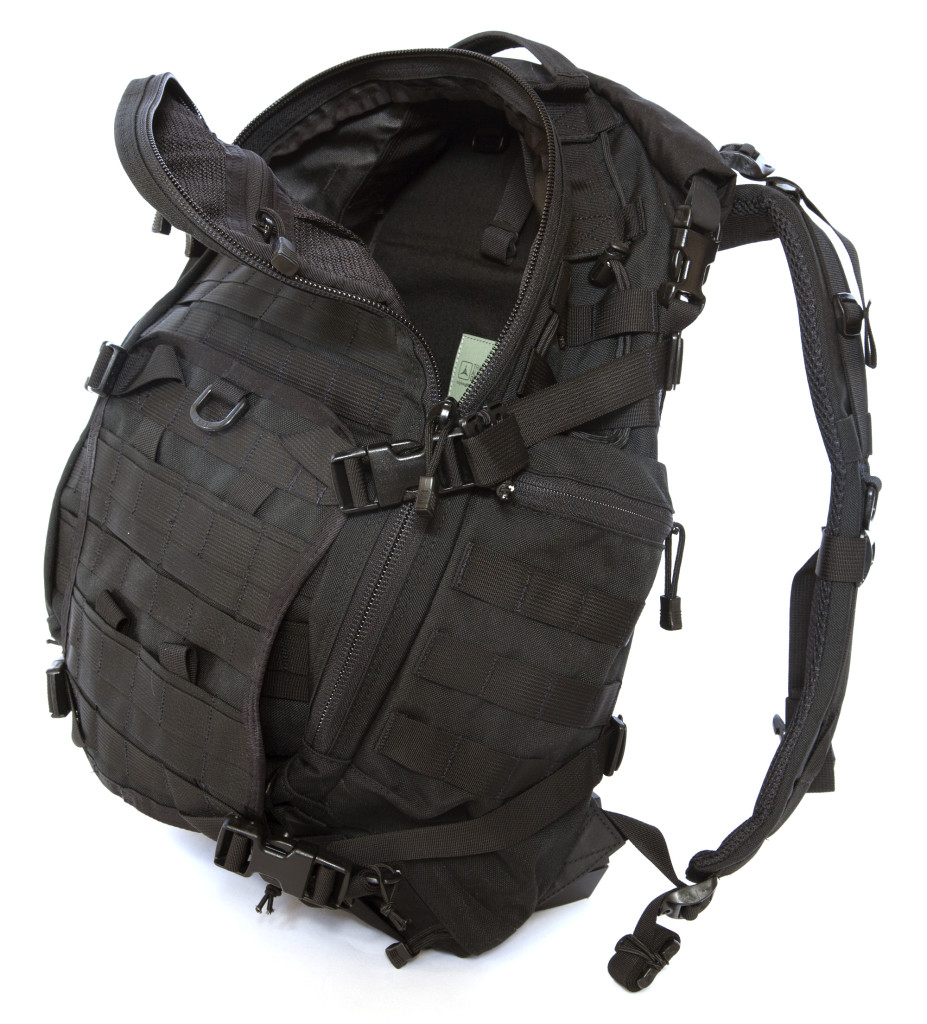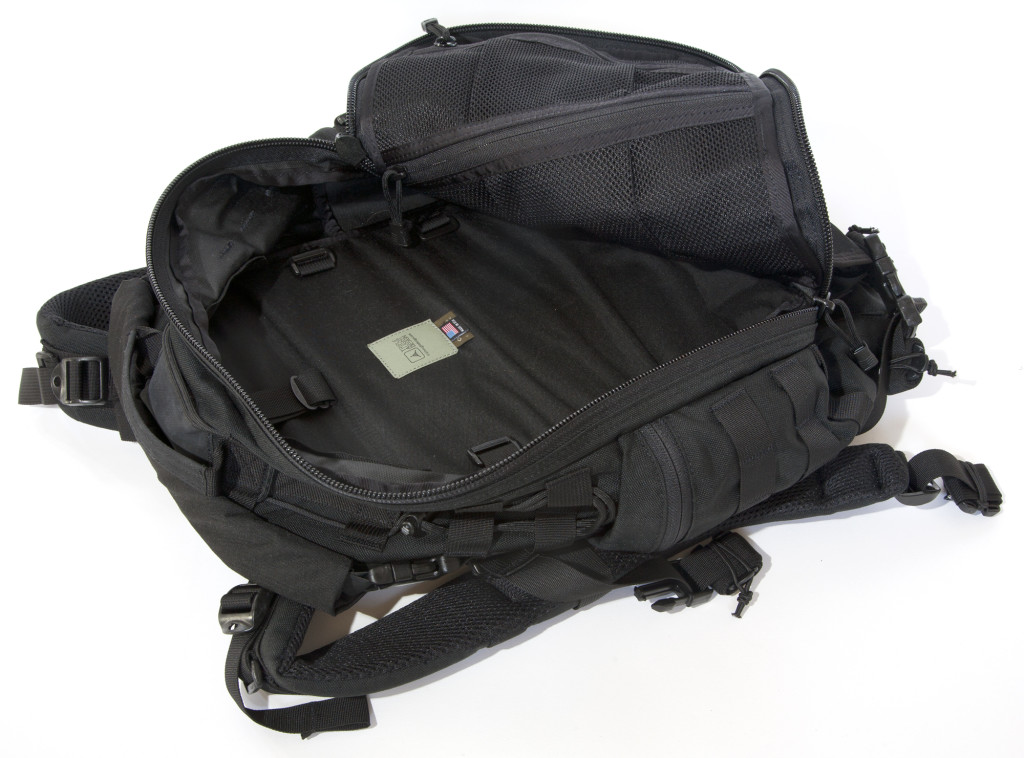My head was still groggy from the last beating I received. It felt like my skull was packed full of cotton. Maybe it was — that would explain my difficulty in formulating a plan. All I knew right then was that my tight lips had kept me alive so far…but if I cracked — they'd probably kill me and kill my family when they got to my house. I knew that I had to escape, and very soon. Otherwise, they'd get bored with beating me and just finish me off. Or I might finally talk. I didn't like thinking about that one. It was nauseating to imagine being an active participant in my own family's demise.
Thank God I left my wallet at home. No driver's license meant no address. But it was time to make some more good luck happen. It was time to go. The escape plan began to clarify and take shape in my mind as I surveyed my surroundings. I was in an empty storage room, locked from the outside. I looked for something I could turn into a weapon, but the place was picked clean. I had to be the weapon.
This “what if?” scenario revolves around a person who must escape and evade a group of marauding thugs in the aftermath of a natural disaster. OFFGRID asked two other subject matter experts to join me, as we look at man's inhumanity toward man in this unsettling scenario. Joining me is Ryan Lee Price, who is a journalist and self-taught jack-of-all-trades survivalist. Ryan contributes to the “SHTF” column in our sister publication, RECOIL. Kevin Reeve is a fellow survival school owner and instructor who has a long list of accolades and experience, specializing in tracking and urban survival. And as for me, I have been a survival instructor for the past 18 years and am the author of a new book on preparedness, Prepare For Anything. In my experience, man is the most unpredictable predator in nature.
The Scenario
You're in a dense urban area that hasn't seen a semblance of civility in at least a few weeks. A powerful and very destructive earthquake has taken the Northern California region by surprise, and government services have been excruciatingly slow to react. Roads are impassable, and even the major bridges have collapsed. Basic utilities are all but nonexistent, while food, drinking water, and other essentials are now being fought over by the survivors. It's a desperate situation and mob mentality is running rampant. You, being one with forethought, have prepared for the post-disaster survival of your family to the best of your abilities. You keep a low profile; your dwelling is dark and looks unoccupied. The situation being what it is and with an already sick 5-year-old on hand, you have little choice but to wait it out. Fortunately, no one has attempted to enter your dwelling thus far.
Every few days, you slip out of your safe house to survey the situation firsthand and forage for supplies. Your child's health is improving. But then, on one of your runs, you stray farther away than usual and find yourself in an unfamiliar area. Tired and distracted, your guard slips just long enough to become cornered by a band of seven armed and desperate people looking to pillage your supplies. After stripping you of your gear, they notice that you look well fed and surmise that you have supplies stashed someplace. When you don't talk, they tie you up and forcibly take you back to a house they have occupied for further interrogation.
The bandits have stripped you of all your kit. Your gun, knife, flashlight — everything you had on your person — are now gone and in their possession. But you do realize that they took you to an area that is perhaps only 3 miles away from home so you are at least familiar with what direction home is. After beating you for your non-compliance, they throw you into a locked room with your hands and feet tightly bound with duct tape, where you wait for them to come “interrogate” you further.
You need to escape and then evade their pursuit so that you can get back to your home and family. You don't want to lead them back to your spouse and child, so you need to do this right. How are you going to do it?
Disaster Type
Post-Disaster Urban Unrest
Family
2 Adults, 1 Child (age 5)
Location
San Francisco, CA (Dense Urban Area)
Suburb Population
800,000+
Season/Weather
Summer, mild, temp range is 70 Highs to 50 Lows
Average Joe: Ryan Lee Price's Approach
Clearly, they would have killed me by now if that was their intention. I wasn't dealing with murderers — criminals, sure — but just hungry and desperate criminals. Of course, that didn't mean they wouldn't leave me here to starve to death when they decided to move on. It was their mistake not to blindfold me or leave the sack on my head that I wore for the trip to their temporary dwelling. Although duct tape is pretty strong, it tore easily when introduced to a sharp object. While the room was mostly empty (it looked like it used to be a bedroom), there was enough squatter's debris to sift through to find something to do the job. A discarded beer bottle would have worked, but I couldn't find a broken one (and breaking one would make too much noise). But I found a small screw that fell out of something which worked well enough. I wanted to hurry, but I kept dropping the screw. Instead of trying to cut the tape, I merely poked holes in it; a series of close perforations allowed me to break the tape.
My eye was swollen, and my head hurt from the beating. The big one had quite an arm on him, but I wasn't about to write down my address or lead them to my house. I'm just glad I stopped carrying my wallet a couple of weeks ago. I could tell some of the others in the group weren't really into it, but are hanging on for the prospect of some food. Hunger is a powerful force. I get it. But so are thoughts of freedom.
It took awhile, but finally I was able to free my hands. I left the tape on my wrists in case I had to feign restraint if one of them came in the room. They hadn't been back since they dumped me here, but muffled sounds of their conversations bled through the walls. Once free of the duct tape, it was only a matter of opening the window for my escape. However, I was on the second floor, and who knows what was down there. The second option was to wait until the door opened, surprise them and make a break for it. There were at least three guns that I saw, plus mine, and odds were good they'd come in here well prepared to deal with me. So window it was. After a few hours, the conversations filtering in from the other room died down to whispers and then disappeared altogether. I had no idea what time it was, but the change in temperature told me it might be a couple of hours before dawn. Perhaps they were sleeping, but the occasional noise made me wary somebody was still up.
The window slid open easily and quietly, but it was only about 10 feet to the ground. Although it looked far, it wasn't that bad. The key was to climb out feet first and shimmy your body over the edge of the sill until you're dangling out of the window by your hands. I'm guessing that my feet were only 3 or 4 feet off of the ground when I jumped. That was the good news. The bad news was that I couldn't see the dead bushes below me, nor did I expect to land in a pile of dry leaves. I couldn't have made more noise if I tried. A dog even started barking. I hopped to my feet and regained my bearings, while flashlights glared above me in the room and shouts of “he's getting away” filled the night air. I wasn't about to stick around.
Now, I've lived in San Francisco for a number of years, and if there's one thing I learned, real estate in this city is very expensive. Because of that, yards (if any) are very small. Standing in what was a small side yard — more like a planter with a walkway — of a three-story walkup in the middle of the night, I had three options: 1) Go out the front gate, which might be locked; 2) Go to the back of the house, where they might be coming from; or 3) Hop the neighbor's wall between the yards to get as far from this house as possible.
Two of them were now hanging out of the open window, with beams of light spilling all around me. They were yelling at me to stop, and I'm surprised they didn't shoot. After all, I know where they live. I know what they look like. That house was filled with supplies and equipment that would take them hours to move…and move where? If they were keeping me around and kept asking me where my house is, they must not have many options. And even though there's no working 911 system, and the police are too busy to come if I asked them, there's the National Guard. There's the Army. They've taken over what's left of the city. That's the law now, and if I could get to them before they get to me…
It was no problem bounding over the wall into the neighbor's yard; fear is a strong motivator. Since I wanted to stay off of the streets for a while — at least until I ran out of backyards — I continued north, perpendicular to the house and somewhat toward my own. I had to move fast. Their flashlights gave away their position, and every time I scrambled over another wall, I was able to look back and see that they were only a backyard's length behind me. My wrists hurt from the duct tape, but more noticeable now was a pain in my left ankle from the jump out of the window, or maybe from one of the walls. But a hurt ankle (or scraped up arms from the cinder blocks) is better than a bullet in the head. I could stop and fight, but I'd quickly be outnumbered. I could hide, but the odds of their finding me or stumbling into an uncomfortable situation with yet another group of survivors was high. My back wasn't to the wall, yet, and I was still able bodied.
So I kept going, but changed direction.
I had been in the Alamo Square District when they initially nabbed me on Scott Street near the park, and they hadn't dragged me too far before reaching their house — maybe four or five blocks at most. But I wasn't sure in what direction they took me. In the next backyard, I crouched down behind the wall and squeezed between two houses and through a gate to find myself on the street. It was the corner of McAllister and Lyon. The apartment building on that corner had slipped off of its foundation and most of it was in the street, as this was one street that hadn't been cleared yet. There was a Laundromat across from it and the church next to that. I ran. My captors had fanned out to the surrounding blocks, perhaps anticipating where I would be headed. I had counted 10 or 12 in the house, and maybe a couple more in other rooms (perhaps more like me in those rooms?), but in the quiet of the streets I could hear the voice of the big guy, shouting orders from a block away. They were organized and knew the area well.
They probably thought I would head back to Alamo Square Park where they caught me, but there was no way I was going near there. In fact, I was headed in the opposite direction, and I had a long way to go, over The Panhandle, through Haight-Ashbury District and Cole Valley to my house on Belgrave Avenue, near Mt. Sutro Greenbelt. I assumed that every person I saw from then on was one of them, so it was safest to avoid people altogether. I found a worn 2×2 that made for a nice club and kept a sharp eye out for strangers.
Despite the pain, I kept moving until the sun came up. Activity on the streets increased until, somewhere around Frederick and Clayton streets, I was able to blend in with other survivors on the street and disappear again, to finally make it home.
Escape and Evasion Expert: Kevin Reeve's Approach
As I regained consciousness, I assessed my situation. My hands and feet were bound with duct tape. I was sore, and my nose was bleeding. Turns out it was broken. My ribs were hurting too. The bastard who kicked me had broken or cracked the ribs on my left side. My knuckles were bloody from having fought the gang who accosted me. In spite of my best efforts, six strong men subdued me and took my gear. They must have figured I was good for more food if they softened me up a bit, so there I sat.
Both the broken nose and hurt ribs were a problem. It was hard to breathe, and running would be an issue. But as my Marine Force Recon friend James always said, “Embrace the Suck.”
I needed to get out of there. I looked down at the duct tape and smiled. Of all the restraints they could have used, duct tape was the easiest to defeat. It's funny how many people just give up when they get duct taped. I stood and straightened my body, trying to work out the kinks. Then I hopped over to the closet door. I raised my arms and rubbed the duct tape between my wrists up and down along the corner edge of the door. After about four passes, the duct tape tore. I bent down, placed my hands together, and slid them down between my knees. With a downward jerk, the duct tape tore and my legs were free too.
I had been thoroughly searched when they caught me, and the lock picks in my pocket were gone. They also took my belt, which had another set of picks and a handcuff key in a hidden pocket. However, on my jeans there's a leather patch on my right hip under my belt. It says Levi Strauss. Long ago, I began carrying a third set of picks, called Bogotás, in the pocket formed by that patch. Multiple backups paid off today. Also inside my hidden pocket were a cuff key, a diamond rod, and an auto jiggler. I pulled out the picks and checked the door. The double-sided deadbolt was a Schlage, medium difficulty. I put my ear to the door — no sound. I touched the door lightly with the back of my hand — no vibration indicating movement in the other room. I slid a lifter pick into the lock and began moving each pin individually. I started with the resistant pin and slowly lifted the break point to the shear line. One pin down. I repeated the process four more times, then slowly started to rotate the plug. It only went ¼ of a turn. Damn, I picked it in the wrong direction. I started over with the tension wrench applying torque in the other direction. A couple of minutes later, the tumbler began to rotate.
I was captured at around 8:30 p.m. An hour or two of pleasant conversation, then I was knocked out cold. I wasn't sure how long I was unconscious, perhaps a couple of hours, so I estimated the time to be around 3 a.m. I carefully peeked out the door. I was in an upstairs hall. It was very dark; the window showed no light outside. I moved very slowly and quietly down the hall, placing my lead foot down with no weight on it, slowly compressing the floor with my foot, then transferring my weight slowly. At the top of the stairs, I stopped and listened. No noise, so I started working down the stairs. I placed my feet on the sides of each stair tread where they are most supported, to reduce the chance of a creak. At the bottom of the stairs I heard noise; at least two people in the kitchen were talking. My heart jumped when I heard one say they were going to check on the prisoner. I quickly stepped to the door, unlocked it, and vanished into the dark of a new moon. Behind me, I heard the alarm being raised inside.
I had to go at least a mile and a half north on the road before I could turn east toward my neighborhood. I was just turning the corner when I was silhouetted by a flashlight beam. I dodged left and headed west. The pursuit was on, so I ran as best I could through the debris and cars. I was holding my ribs for support, allowing me to move a little faster. I passed an alley and ducked in. Moving along the side, I took advantage of the concealment from the dumpsters, then turned west again before my pursuers had caught up.
Up ahead I saw a parking structure. The top two floors were collapsed, but the bottom floors were intact. I ducked into the structure and cut across in near total darkness, coming out in another alley. Continuing west, I could see flashlights scanning the streets to the south and behind me. No time for rest. I turned north for a block, then back west, then back north. I zigzagged and used alleys to reduce the chances of being spotted. The faster I moved, the better.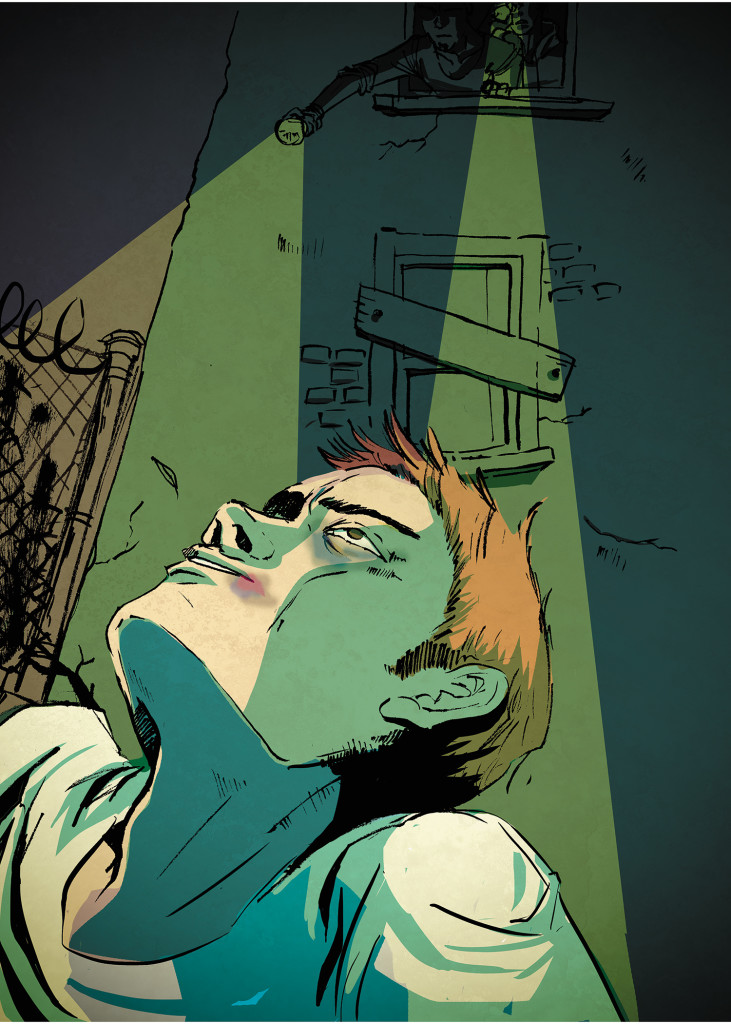
I finally stopped in an alley behind a dumpster. My ribs were killing me. I was sucking air as hard as they would allow, but the pain kept my lungs from fully expanding. I had to stop and rest for a moment. Trying to remember where I was, I suspected I had at least another ¾ mile to go north. So I walked slowly, catching my breath and letting the adrenaline do its job. I soon started moving more quickly again, zigzagging north and east again.
There was a warehouse with a rollup door that was off its hinges. I squeezed in and was enveloped in darkness. Across the building, I could see another open door. I moved slowly toward it. As I crossed the floor, unable to see anything, I tripped on some pallets — add a skinned knee to the list. Once at the opposite door, I scanned the street. About 100 yards to the east, I could see a light, but it appeared to be a fire barrel, not a flashlight.
So far, I had avoided my pursuers — no time to get complacent. I peered around the warehouse, but couldn't make out many details. As I stumbled about in the dark, I found a door into another interior room. Complete darkness, no windows, no light whatsoever. It was a cavernous room, and I bumped into a forklift. A thought flickered in my mind. I closed the door, then shuffled back to the forklift. I turned the key and, sure enough, the dash lit up. I flicked on a working light, casting ominous shadows around the room.
There was a fridge in the far corner. Inside was rotting food, but also a couple of bottles of water. I gulped one down and put the other in my back pocket. I also found a roll of pallet stretch wrap, which I wrapped around my ribs — it helped a little. The warehouse had been looted, but there were many trays full of nuts, bolts, and other hardware. I grabbed an old rag and the largest bolt I could find; it would probably take a 11⁄8 inch wrench to fit this monster. I slid the bolt down to the middle of the rag — now I had a close-range weapon. I tucked it into my back pocket, with the end of the rag hanging out, and looked around again. There were some cardboard boxes on one wall. After switching off the light and the key, I laid down on the cardboard to get some rest. With some water and a place to lie low, I decided to spend the day here. I could see the sun coming up beyond the outside door.
After a long day hiding in the warehouse, the sun finally set and darkness once again reigned. It was time to move. There was a sliver moon that night, so not much ambient light. I spent some time while resting sketching a map of my movements the night before as best as I could remember, trying to orient myself. While the first night was all about speed, the second would be about stealth and deception.
I moved to the north door and looked out. I sat for 15 minutes just watching and listening; I needed to be sure I was the only predator out there. As I crossed the street, and crawled about the rubble of a collapsed building, I found the unmistakable smell of decaying flesh. This building had obviously been inhabited. But next to the body was an 18-inch-long piece of ¾-inch rebar — another improvised weapon.
I slowly and carefully worked my way toward the cross street that would take me back home. I detoured around a group of about six men standing around a burning barrel. They were watching the fire, so they could not see anything, but I wanted to avoid any potential contact.
When I reached my cross street, I stopped again and waited for a full hour. From concealment, I watched my back trail for anyone who might be following me. Seeing no movement, I turned east and worked my way slowly along the alleys and streets toward home. About two blocks down, I saw flashlights dancing about like light sabers and slithered into an alley. I found a dumpster and climbed in. Ugghh, the stink of rotting food. I sat quietly and peered out of the crack of the lid. The flashlights went by, and I recognized one as from the gang that broke my nose. I resisted the urge to get some payback; I wasn't in the clear yet.
Fortunately, I was near one of my caches. There I would find a Glock 19, three mags, 100 loose rounds, two more bottles of water, a flashlight, a folding Hissatsu knife, and an MRE. These treasures were in a .50 cal ammo can that I had buried in a somewhat vacant lot.
After waiting another nauseating hour, I clambered out of the dumpster and headed east toward the field. It didn't look the same, but along the left side was my landmark, a telephone pole. I measured out 25 paces due east, then dug into the ground with my rebar. I was pretty exposed, so after a few false starts, I was relieved to hear the metal click of the box lid. Grabbing the handle, I tugged it out, then looked for some cover. There was a brick wall extending along the sidewalk. Crouching behind it, I opened the box. The Glock in my hand was one of the most reassuring feelings I had in two days. I grabbed the water, took a drink, and stuffed the rest of the gear in my pockets. There was an abandoned store nearby with a dark room, where I sat and rested. MREs never tasted so good. My ribs hurt, but this style of movement was much easier on them. I probed my nose and decided it was indeed broken. I really did want payback.
Another two hours and I was finally home. My wife was a bit of a mess with worry and turned her nose at my stench, but my son's fever had broken and he appeared on the mend.
Survival Expert: Time MacWelch's Approach
I must have looked like a huge rat, hunkered in the corner of that room, gnawing furiously at the duct tape. My lips and teeth were soon covered with adhesive, but I was finally able to start a tear in the tape. Soon my hands were free! I was able to quietly unwind the duct tape from my feet and ankles, which was still sticky. I saved some, pressing the top of the tape strip to the wall. I had ideas for that tape. This place had electricity; that must be why they picked it. There was just one bare light bulb hanging from the ceiling, but it was on. I listened to the activity in the house as best I could, and when it sounded like some of the group had left, I set my plans in motion.
Using part of my shirt to buffer the heat of the hot light bulb, I unscrewed the only illumination from the ceiling, pitch black descending on the room. I began scratching on the door and the wall. I wanted to arouse curiosity, not wrath, from my captors. Then, with a sticky strip of duct tape in my hands, I began tapping my foot against the door, standing there in the darkness. After a long while, I heard the door unlock and my muscles tensed. I only had one shot at this. As the light flooded the room, I hung back behind the door. As the man groped the wall to find the light switch, I kicked him in the groin as hard as I could. And as he doubled over in pain, I slapped the tape over his eyes, and kicked him again — this time in the throat. In a second, I was outside the room, shutting the door, locking it and turning the tables on my enemy. Then I ran. I ran like I've never run before. I ran past two very startled men, so quickly that I couldn't tell if I'd seen them before or not. Exploding out the door, I ran through the yard and into the street to get my bearings. Another bit of luck was in my favor — it was nighttime. But my luck turned quickly again when I heard shouting and running behind me. It was time to disappear.
On the darkened suburban street, I ran. I couldn't tell if they were catching up, or falling behind, so I just kept running. But I couldn't head straight home. That would take them exactly where they wanted to go. My home was north of this neighborhood, so I began heading west. I ran on the sidewalk when I could, heading west one block and north one block. I had to watch the ground carefully, as cracks and gaps from the earthquake might break my ankle and throw me down, but at least I was distancing myself from them. Quick glances back showed me that the heavier man was falling behind his fellow. Some of the blocks had power and streetlights, some did not. On the dark streets, I had to slow down to watch my footing. Garbage was strewn everywhere, and if I fell, they'd catch me.
After a few blocks of running, the adrenaline wore off and the pain set in. I felt my pattern of west, north, west, north, was getting predicable, so I turned east at an intersection and dove behind some bushes. I saw my pursuers stop, and look around hastily. Dawn was coming, and the darkness that hid me will be gone soon. The thinner man, who looked older and clearly exhausted, took out a cell phone and tried to call someone as his heavier companion gasped for breath, his hands on his knees. That phone was all I needed to see. “Phone Man” was looking at the street sign. He was calling the others.
I slunk away as quietly as I could to the backyard of that house, praying that this unknown family didn't have a barking dog back there. I wondered if anyone was in those houses who would help me. Would I let in a man who looked beaten, raving about being followed and captured? I probably wouldn't. And I hadn't seen a police car or officer anywhere. Getting home was the only thing that I could really count on. I continued east through the backyards of that block. The earthquake had toppled many of the fences that would normally have blocked my backyard trek through the subdivision. But periodically, I had to fight my way through debris and climb over fences to continue on my path.
At the end of the block, I was completely out of breath and had a tough decision to make — jump back out onto the street to move faster at the risk of being seen — or hide for a while. I chose the latter. I couldn't risk being run down by fresh reinforcements from this bunch of Mad Max wannabes. As I crouched in the shrubs, the sun crept above the horizon. Damaged vehicles were everywhere, so quickly rummaging through a nearby open car trunk, I found a tire iron. At last, I had a weapon. Settling back into the bushes, I carefully broke a few branches from nearby shrubs and thickened the area between me and the street. Soon, my pursuers appeared with larger numbers. Some of the faces belonged to people who had beaten me, and some were new. As I sat still in the bushes, I slowed my breathing and recalled all the hunts I had been on for deer and other wild game. If I could hide from an animal's sharp eyes and ears, these fools should miss me by a mile.
Two of the men broke off and headed toward the house. I stayed calm and ignored the ants starting to crawl on my skin. “He must live around here somewhere,” said the first man to his cohort. “We'll find his ass and his food stash, if we have to go through every house around here,” was the reply. They walked up to the door and began banging on it. A few moments later, a shotgun boomed from inside the home. No glass broke, and neither man fell. The homeowner must have fired a warning shot into the floor or walls, and it worked. Both men jogged away briskly. After canvassing the street, the gang moved off to the west, muttering obscenities and arguing about where I must have gone. I almost smiled, but my face hurt too much for that. After another few minutes of waiting, I stood up, brushed off the ants, and continued north and east, my new tire iron in hand. I borrowed some laundry drying on a line, which gave me a quick change of shirt, and I picked up some sunglasses through the broken window of a ransacked car. I hoped they did a good job of hiding my swollen eye. Would the predators recognize me, if our paths crossed? Maybe… But within the hour, I was home.
I did our secret knock on the door, which my wife hastily opened. I don't know if the sunglasses and strange shirt scared her, or my bloody lip and blackening eye, but she slammed the door in my face and re-locked it. Then I could actually smile. “Good girl, that's exactly what you were supposed to do.” Then, after hearing my voice, she reopened the door and pulled me inside. After a long, silent hug, she asked what happened to me. I told her we'd talk about that later — right now, we needed to fortify the house and seal it up like a vault. I re-armed myself, and went to work. I practically beamed with pride at the way my wife was toting that shotgun in one hand and tools in the other.
As we noisily moved things around, my 5-year-old daughter emerged from her room. She looked like she was feeling better. She halfheartedly asked about the sunglasses, then got some Tylenol from her mother and went back to lay down. I asked where the bottle came from, and my wife sheepishly admitted to trading water to the neighbor for the medicine. That was, after all, the whole reason I went out in the first place. But neither one of us said any more about it.
After reinforcing the doors and windows, I cleaned up my face with a washcloth. It was time to get some information. Our block had no power, so the TV had been out since the quake. Instead, we gathered around the battery-operated radio to scan through the channels, and used a battery-powered charger to make a few cell phone calls. I couldn't get through on 911 to report the people that had kidnapped and assaulted me, so I just settled for collecting some news. Help for the outlying towns and city of San Francisco was on its way. One radio announcer said that the National Guard would be moving in today, and another said that police patrols were being doubled in the wake of the rising crime. I could have used that last night…
During the long walk home, I had begun planning to bug out, but with the crime on the streets and increasing military presence, the choice soon shifted to bugging in. Now, more than ever, I thanked God for the foresight to stock water, weapons, food, batteries, lights, and a radio in the house. And I swore off solo supply runs for good.
Conclusion
Stop worrying about being eaten by a bear or a shark. Humans are the worst animals you'll face in an average emergency situation. A real-life crisis tends to reveal the true character just beneath the surface, and some people are pure evil under there. It has been estimated that just 5 percent of the population looting, raping, and pillaging their way through an area would overwhelm local law enforcement personnel — and inspire borderline bad-guys to flout the law as well. It would seem that criminal behavior is contagious.
So how do we avoid the growing hoard of marauders if the police stop coming around? The best course of action is to be out of their reach. There are two ways to achieve this. First, get out! Don't live in high-population areas — more people means more criminals. If your work or family situation won't allow this distance from population centers, then have a bug-out location. A well-stocked bug-out site can be the greatest asset your family could have during a long-term emergency.
But if bugging out isn't your style, or you deem it unsafe to travel, then bugging in can help you to keep the criminals at bay. It's the second method to avoid the human garbage flowing through the streets during times of trouble. But understand that if you stay put, you're a sitting duck. So try to look like an unappealing duck. Trash the outside of your house, making it look as if it has already been looted. Go dark, by concealing all light sources after nightfall. Create blockades, barriers, and defenses around the home, particularly around backdoors, side doors, low windows, and other ground-floor access points. Keep an exit clear, with several exit strategies for the family. And if in doubt — don't answer the door.
How would you react to the same urban unrest scenario as played out by our panel?
Share your plan with us on our Facebook page: www.facebook.com/OFFGRIDmag.



